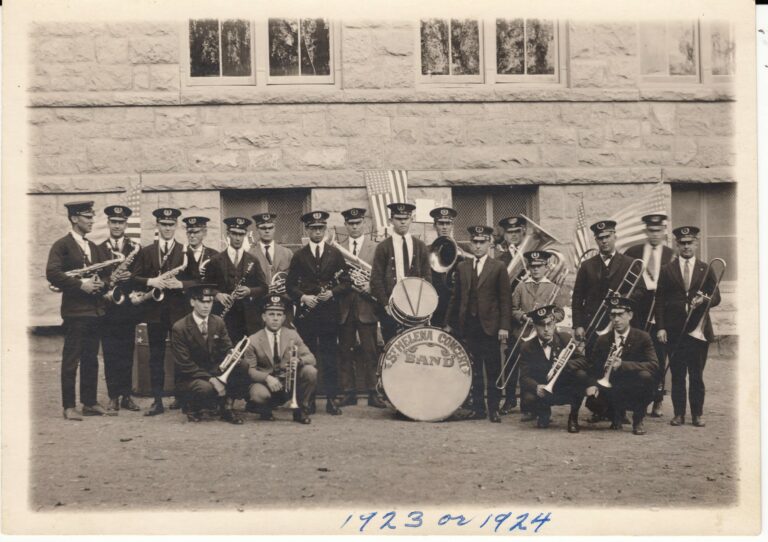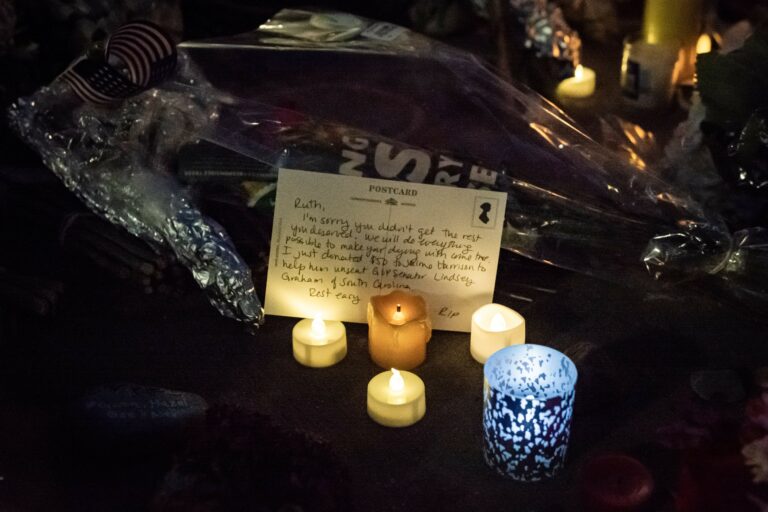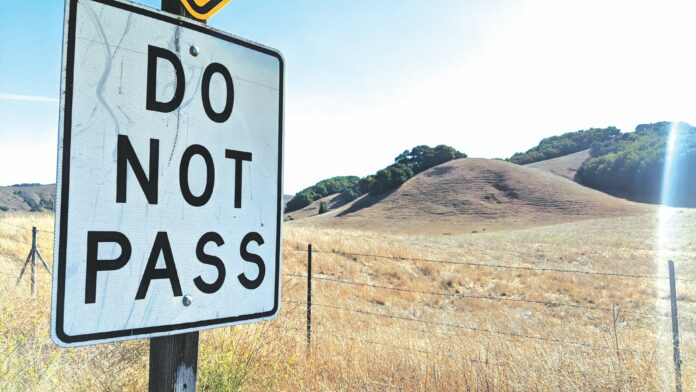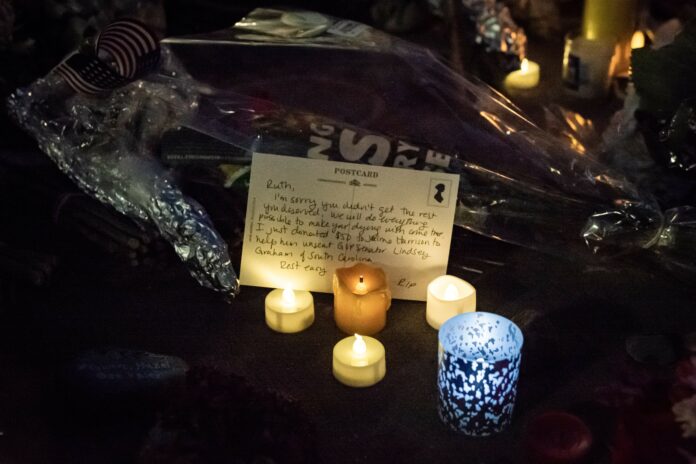In January 2017, the Marin Agricultural Land Trust (MALT) paid $1.66 million to the family business of a member of its board of directors, Sam Dolcini.
The money bought a conservation easement on hundreds of acres of cattle-grazing land owned by Sam and his father, Earl Dolcini. Half of the purchase price came from a sales tax supporting Marin County Parks. The balance came from tax-deductible corporate and private donations made to MALT, a non-profit charity which the Internal Revenue Service terms a 501(c)3.
The county’s contribution to the Dolcini deal was approved without debate by the Marin County Board of Supervisors, which is closely connected to MALT. Supervisor Dennis Rodoni sat on the MALT board when the Dolcini deal was sealed, and Marin Board of Supervisors President Steve Kinsey was a MALT director from 1997 to 2016.
Years later, in May 2020, Parks suddenly ordered MALT to refund the county funds used to purchase the $1,666,500 Dolcini easement. The reason? When applying for the funding, MALT had failed to disclose the existence of an appraisal it had commissioned that valued the easement at half a million dollars less than the price paid by MALT and the county.
MALT immediately refunded $833,250 to the county using private donations. The Dolcinis did not return any of the money, said MALT spokesperson Isabel French. In June, executive director, Jamison Watts, resigned to “recalibrate my life-work balance.” As facts about the board’s historic conflicts of interest spill into view, MALT has lawyered up.
It turns out Sam Dolcini is not the first board member to sell an easement to the land trust. MALT has spent tens of millions of dollars in public and private funds buying easements from its own board members.
In early September, a law firm representing a resident of Ross named Kenneth Slayen demanded that District Attorney Inspector Jon Madarang and state authorities investigate MALT board members for multiple conflicts of interest. Burke, Williams & Sorensen LLP alleges that public records obtained from Marin county government reveal that MALT board members have improperly influenced the awarding of easement contracts to themselves.
In late August, MALT sued Marin County in Superior Court, trying to keep the county from releasing public records relevant to MALT’s activities. The land trust claims MALT’s business is a state secret even when it spends county funds. MALT is asking the court to order the return of hundreds of pages of public records already released to Slayen’s lawyers.
It’s too late; the Bohemian/Pacific Sun has the records. After initially supplying some factual data about easement purchases, French said MALT would not respond to further queries. “It appears that you are looking for information to confirm an ill-informed narrative that underpins your approach to this story,” she emailed. The records, however, speak for themselves.
How it all began
In the 1960s, a coterie of Marin leaders favored developing wild coastal beaches into Malibu and grassy, rolling hills into Beverly Hills. Their plan was to ram a freeway from Highway 101 to Point Reyes, despoiling thousands of acres of farmland, forests, streams, ponds and grasslands. Shopping centers, high-rises and beach-comber mansions would follow the bulldozers. The populace reacted definitively. The real-estate-investor-powered move toward rampant urbanization was stopped dead in its tracks by a canny coalition of environmentalists and politicians with massive public support.
The coalition created the Point Reyes National Seashore Park, with the federal government paying millions of dollars to dairy ranchers who agreed to leave after 25 years, but as of yet are still there (we report on that story in an upcoming issue of the Bohemian/Pacific Sun). Inland, the coalition passed stringent zoning laws that limited West Marin lot size to 60 acres. And, in 1980, the coalition created the Marin Agricultural Land Trust to conserve thousands of acres of open spaces by paying ranchers to agree to easements prohibiting non-agricultural development forever. The price typically paid for an easement was one third to half the fair market value of the property to be protected from development.
In the beginning, the properties held lots of potential market value if they could be sold to commercial developers. MALT purchased easements strategically, creating a buffer of protected lands around the west county. Combined with strict zoning laws, the easements made residential subdivisions and commercial development effectively impossible. The speculative value of West Marin farmland plummeted. But the prices MALT paid for easements kept increasing, rising from a few hundred dollars an acre in the 1980s to as much as $10,000 an acre in 2014 for conserving board member Peter Martinelli’s Paradise Ranch in Bolinas.
Arguably, there was no need to keep buying easements after the first decade or so of locking the doorways to development. In his 1991 history of MALT, Farming on the Edge, Saving Family Farms in Marin County, California, John Hart observed, “In Marin, nearly all the urban-rural boundary has now been sealed with government-owned land … [using] easements to strip the development potential from lands in the buffer zone.”
But MALT continues to project the scary nightmare of Malibu North, claiming it must buy easements on every square inch of West Marin or Developer Armageddon will ensue. Who is benefiting?
An independent investigation by the Bohemian/Pacific Sun found that since 1980 more than 30 MALT board members have benefited from 38 easement sales totaling more than $49 million. Fifty-five percent of $90 million in easements bought over 40 years has benefited board members. A handful of families with multi-generational board members, including the Dolcinis, have received $37 million. Cash proceeds are used to capitalize commercial dairy operations, to buy land and to pay off bank loans.
Easement payouts are often accompanied by enormous property-tax reductions. For example, the county assessor recorded the aforementioned Dolcini property’s value at $3,411,089. Concurrent with approving the easement purchase, the board of supervisors granted the Dolcinis a Farmland Security Zone contract. The “FSZ” contracts drastically reduce property taxes in return for a promise to ranch commercially for 20 years. This FSZ reduced the taxable value of the 326-acre Dolcini ranch by nearly $3.2 million, or 93 percent. As of 2019, the Dolcini’s “grass-fed” cattle raising ranch was assessed at $249,903. The property tax was $2,499, a drop in tax from the previous year of $30,000. Nearly half of the Malted ranches are benefitting from similar property-tax reductions, adding up to millions of dollars lost to the general fund.
Anatomy of a conflict of interest
Sam Dolcini has been a member of the MALT board continuously since 1998, with the exception of two years around 2010. His father, Earl Dolcini, was a founding member in 1980. Members of the extended Dolcini family own thousands of acres of Malted dairy and beef land in West Marin. Family members have banked more than $7 million selling five easements to MALT while a family member was on the board. MALT money has financed the expansion of the family’s commercial enterprises and its bank loans, public records reveal.
In 2016 Sam Dolcini personally negotiated the sale to MALT of the $1.66 million easement benefiting himself and his father. Staffers and the board were informed that he was a part-owner of the ranch land and would benefit from the easement sale. Over a period of half a year, Dolcini ironed out the details of his easement deal with MALT staffers who were working under his governance with predictable results.
On Dec. 12, 2016, staffer Stephanie Tavares-Butler emailed a Parks colleague, “The Dolcinis are really pushing us to close their project before the end of the year for tax reasons. I’m wondering if we can get the check-writing process started while you do the final approvals of the [easement].”
Asked for comment, Sam Dolcini emailed the Bohemian/Pacific Sun, “I recused myself from all Board discussion and voting with regard to the acquisition of this easement, as was called for in MALT’s conflict of interest policy. Any allegations of a conflict of interest affecting this transaction are misguided. I have no further comment.” He did not return a further query for comment on the facts presented in this story.
Under MALT’s bylaws, as last amended in July 2018, a board member is allowed to accept millions of dollars in MALT’s “charity” as long as it’s “authorized by this corporation in good faith and without unjustified favoritism.” The bylaws say a board member may vote to approve another board member’s declared conflict of interest, and they, in turn, can vote to approve his conflicts, but neither can vote to approve their own conflicts. MALT declined to give the Bohemian/Pacific Sun the version of the bylaws that were in effect when the Dolcini deal was approved. Bylaws, by the way, are not necessarily legal, nor ethical. (See “History Repeats Itself, Again” below).
The flow of MALT’s charity toward the Dolcinis did not stop in 2016. In July 2018, MALT paid members of the Dolcini family $350,400 to amend an existing easement. MALT staff reported to the board that the Dolcinis “would like to amend their easement [to require the land only to be used for agriculture] so they can invest in ranch infrastructure to diversify their operation and pay down debts.” MALT could have bought these lands and preserved them for public use, instead, it chose another path, a trail fraught with conflicts of interest.
Inside MALT’s easement factory
As of 1996, Robert Becker’s play Defending the Caveman was the longest-running one-man show in the history of Broadway. After touring the world, he retired to Kentfield with his family. In 2005, Becker and his wife, Erin, paid $3 million for the Beltrametti ranch, across from the Marin French Cheese factory on the Petaluma–Point Reyes road. The cattle ranch had fallen into disuse. Intending to use the 326-acre property as a second home, the Beckers made a few improvements, but they are not farmers. They approached MALT about the possibility of selling it as an easement to support another organization’s organic farming project, but the land trust declined. In 2015, the Beckers put the ranch on the market for $4.5 million.
Intrigued by the prospect of living in a private estate with a multi-million dollar view, Ross-resident Kenneth Slayen conferred with MALT’s conservation director, Jeff Stump. He proposed that MALT agree to buy an easement from him if he bought the Becker property. He planned to use the cash from the easement to partially finance his acquisition of the ranch. Should the deal go through, he told Stump, he would donate the bulk of the conserved land surrounding the house to MALT, which declined the offer. Slayen was very disappointed.
On May 3, 2016, the Beckers sold the ranch to a Dolcini family partnership for $3.2 million. That same week, MALT initiated the process of purchasing an easement from the Dolcinis.
In a memo dated May 10, 2016, MALT board member, Peter Martinelli, reported that the Dolcini family had approached MALT in November 2015, six months before they bought the Becker property, inquiring about selling an easement in order to “facilitate an expansion of the family’s adjacent dairy operation …” Martinelli, who had himself sold an easement to MALT in 2014 for $2.5 million, while sitting on the board of directors, moved to authorize an independent appraisal of the Dolcini easement. The motion passed, and MALT hired the first of two appraisers.
On June 9, MALT addressed a “Letter of Intent and Confirmation of Willing Seller” to Sam Dolcini. Earl Dolcini signed the letter that day, agreeing to sell an easement to MALT if and when the Dolcinis approved of the appraised value.
On June 10, 2016, Stump wrote to Parks requesting matching funds for the Dolcini easement. He wrote, “The Dolcini Family Partners purchased this land on May 6, 2016, with the intention of incorporating it into their larger agricultural operations. However, the Partners took out significant loans to purchase the Property and, the funding from the sale of an easement to MALT would improve the financial viability of the Property and provide capital to improve and expand the organic dairy operation.” MALT’s application declared the “appraised fair market value” of the easement at $1,666,500.
And here is where the timeline goes haywire.
The appraisal amount that was quoted in the May application was not submitted to MALT until Aug. 31, 2016. And that was the second appraisal of the easement.
The first appraisal, which was $1,135,000, appears to have been issued in July, but MALT has not disclosed that document, even to Parks.
MALT generally only requires one appraisal for valuing easements. Making an exception for the Dolcini deal, MALT staff decided that the first appraisal was not high enough, rejected it and hired another appraiser, John Bouyea & Associates. After touring the Dolcini property in August with Sam Dolcini, Bouyea valued the easement at $1,666,500, exactly the same amount MALT had declared as the appraised value in its application more than two months before it received the appraisal.
MALT later told the county, “Both appraisals were conducted by experienced and reputable independent third party appraisers.” Why such a huge discrepancy?
In a May 8, 2020 letter to Park’s General Manager Max Korten, MALT executive director Jamison Watts said the land trust was “surprised when the first draft appraisal we commissioned for the easement came in at $1,135,000 or 35% of the property value.” Note that MALT calls the first appraisal a “draft,” but, normally, independent appraisals are submitted to clients in final, not “draft,” form. And the “property value” is determined by the appraisal itself, not by the client’s conjecture. Clients are not allowed to negotiate a value with an appraiser before she submits it, said Amy Timmerman of the Appraisal Foundation, which sets the national standards for the profession. Was MALT appraisal shopping?
Korten said he does not know why the $1,666,500 was listed as the appraised value in MALT’s application before the property was appraised in that amount. MALT declined to comment.
As the Dolcini deal coasted towards completion, Stump caught a case of cold feet. On Nov. 7, 2016, he emailed MALT staffers and Sam Dolcini. He was concerned about the propriety of MALT negotiating a lease for the fire department to access water on the to-be-eased Dolcini property. Stump wrote, “To be frank, it makes me more than a bit uncomfortable to consider this for a property owned by a MALT Board Member when we have refused the same for others.” Stump left MALT last February.
In December, MALT’s closing instructions to the title company indicated that the easement cash was to be used to pay off loans that the Dolcinis had incurred to buy the property in May. After the deal closed, a MALT staffer emailed colleagues, “It has come to my attention that SAM and Brian Dolcini would not like to be mentioned by name in the press release [announcing the sale]. I have modified and attached a new document for circulation [that removes their names].”
The conflicts continue
The Measure A sales tax doubled MALT’s buying power. Since the regressive tax was approved by voters in 2012, MALT has purchased 15 easements for $32 million. More than half of those purchases are from board members, past and present. In 2017, MALT purchased a $3,285,000 easement from sitting board member Julie Evans Rossotti and her family. In 2018, MALT purchased a $3,594,000 easement from sitting board member John Taylor and his family.
Slayen’s attorneys singled out the Dolcini, Rossotti and Taylor conflicts of interest. They asked the district attorney to bring a civil lawsuit to recover misused public funds. Arguing that MALT is a publicly funded extension of county government, the firm’s leading expert in municipal law, Thomas B. Brown, pulled no punches.
“Our investigation has revealed that MALT has in the past failed, and continues to fail to comply with the Political Reform Act’s financial disclosure and conflict of interest requirements. As a result of these violations, certain of MALT’s Board members have been able to leverage MALT’s influence in directing County funds to enrich themselves and their family members at the public’s expense.” The firm has filed similar demands for investigations with the California Fair Political Practices Commission and the Marin County Counsel. MALT is funding a counter-attack by Shute, Mihaly & Weinberger LLP. The legal battle is on and every dollar that goes to the lawyers does not go toward environmental conservation and healing the heating planet.























